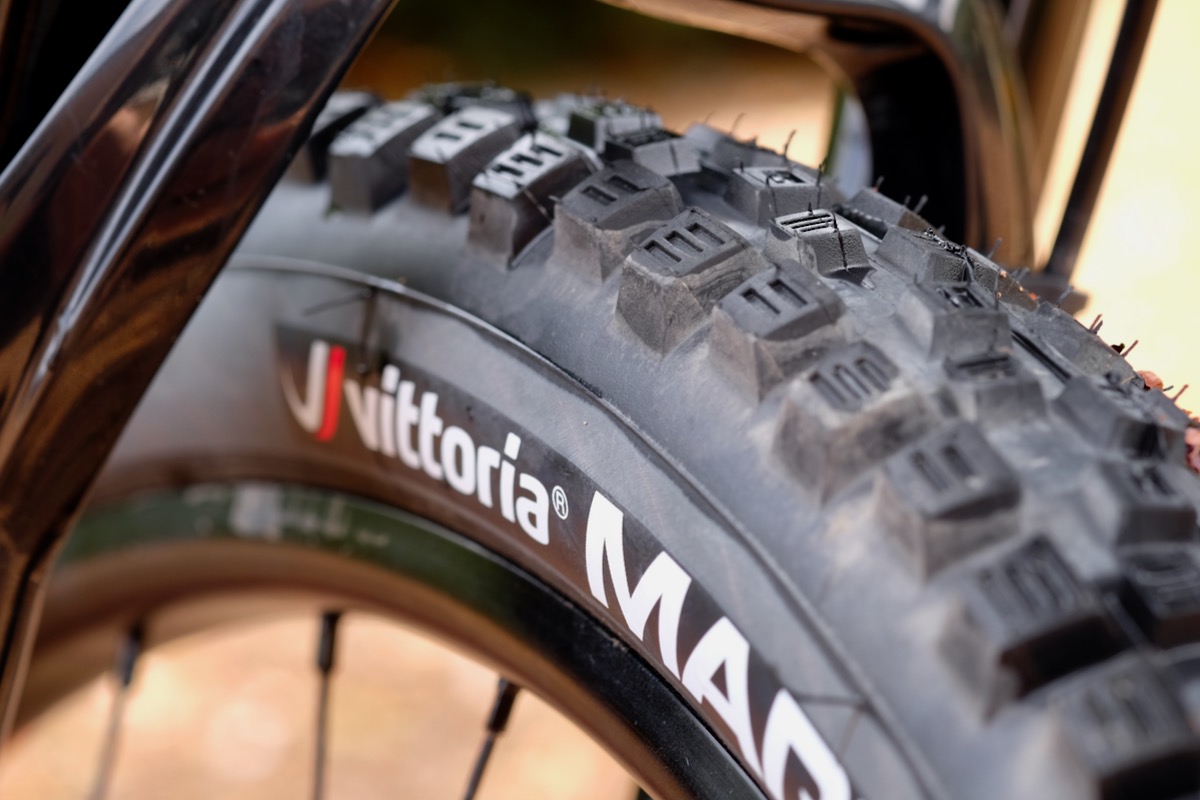Welcome to Tire Tech, Bikerumor’s mostly-weekly series on bicycle tires. Like our Suspension Tech and AASQ series, we take your questions about tires, whether it’s road, cyclocross, fat, plus, gravel, or mountain bike, and get answers from the brands and people behind them.
For the next few installments of our Tire Tech series, we talk tread with Ken Avery, the VP of marketing at Vittoria tires. During his decade-long term at Maxxis he was responsible for a number of successful products like the wildly popular Ardent. Chances are youv’e ridden that or one of the other tires he’s helped design.
When I spoke with Avery, Vittoria was coming off strong showings at EWS events where tire choice played a key role in snagging the top spots. It gave us a lot to talk about with regard to their holistic approach to tire design. For this, the first of three segments, we talk about new technologies and how Vittoria creates a tire from the ground up.
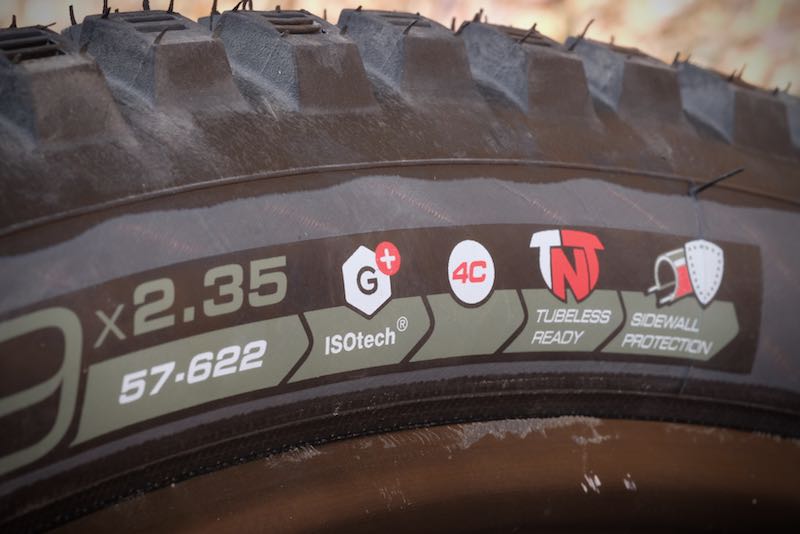
For many manufacturers, new tire projects are a response to an ever-changing wheel landscape. Widening rims and new trends in tire sizes keep tire companies on the run. Every tire maker is releasing new products, sometimes just new sizes, to keep up with the demands of today’s hard-charging riders. As Avery said, “Riders are now pushing bikes to new limits. Current suspension systems and wheel packages allow riders to tackle terrain harder and faster than ever before. That influences tire design.”
We’ve heard this before. Tim Krueger of Terrene tires mentioned the increased cornering and impact forces modern tires must endure. Brett Hahn of Continental said today’s bike tires need to be motorcycle tough. Fortunately, tire science is moving just as quickly as the bikes themselves.
Material Science
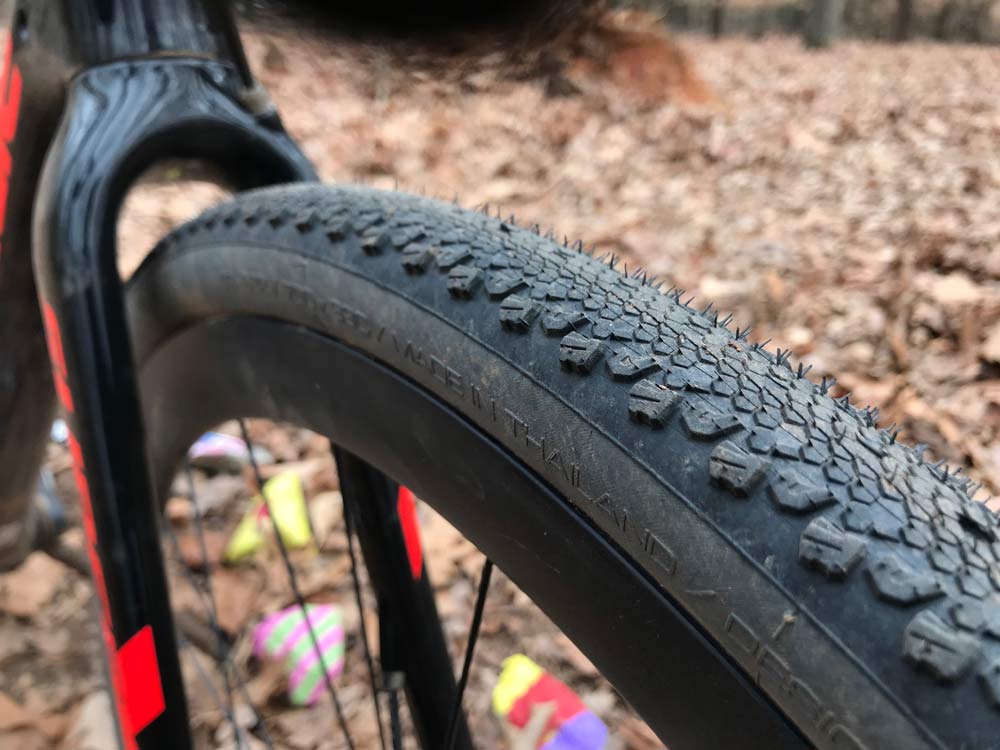
When I asked if he could cite an example of just one new tire technology he felt was the most noteworthy, Avery offered a single word in reply—Graphene.
Graphene is a super-refined carbon used to increase the durability of rubber compounds. Tires made with Graphene retain the rebound and softness riders demand. It also permits the shaping of new tread patterns and lugs not possible before. Vittoria’s Terreno Dry gravel tire is a good example. Unlike traditional file-tread patterns, the micro-lugs on the Terreno Dry are shaped like fish scales. Without Graphene in the 3C compound, those micro lugs would wear out prematurely. And they wouldn’t be as effective.
Vittoria’s attention to rubber compounds also allows them to enhance the range of knob shapes they can use. Meaning, they can fine-tune the flex and stiffness of a lug without as much worry that it could shear off or flop over under force.
Avery touched on similar improvements with tire casings. New materials allow engineers to precisely manipulate the dynamic properties of a tire to better support tread features. So, with all of these new tools at their disposal, how do they build a tire from scratch?
X + Y = shred
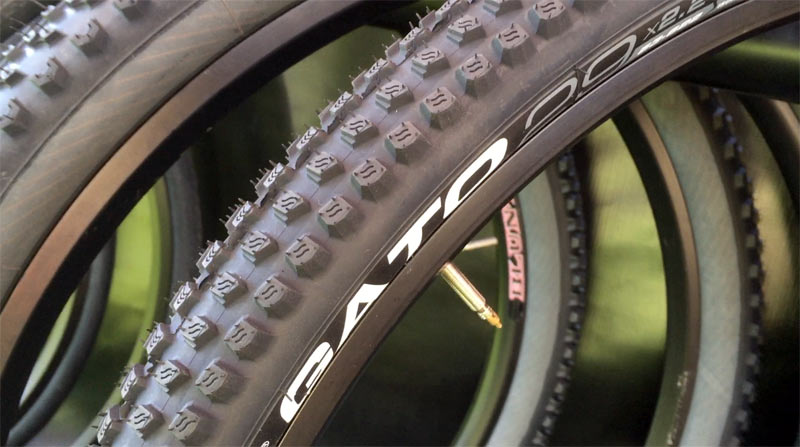
Step one in the process is establishing the design objectives. Avery said, “We first determine what problem the tire needs to solve and in what type of conditions. Are we making something for fast XC racing or aggressive enduro riding? Is it intended to be used in dry, loose, wet, muddy, or loose-over-hard conditions?” Ultimately, the surface of the trail dictates the tread features. We’ll dive into that in part two.
The first order of business is addressing the diameter and shape of the tire. This is made more complicated with the wide variety of rim widths now available . Rim width has a direct impact on the shape of the tire, particularly at the apex of the sidewall and contact patch…AKA the cornering edge.
The casing and tread must be designed in unison because they work towards the same end goal. For example, in an XC tire made with a light, supple 1-ply casing, the 4C rubber compound is blended with the optimal rebound durometer for speed and efficiency. The lugs are small with ramped forward edges and aligned into a center ridge to reduce rolling resistance, usually at the expense of ultimate grip. That’s vastly different than the multi-ply casing and larger, more widely spaced knob pattern you’d find on an enduro tire. A well-made tire is the sum of its parts, which includes the shape, casing materials, tread pattern, and rubber compound.
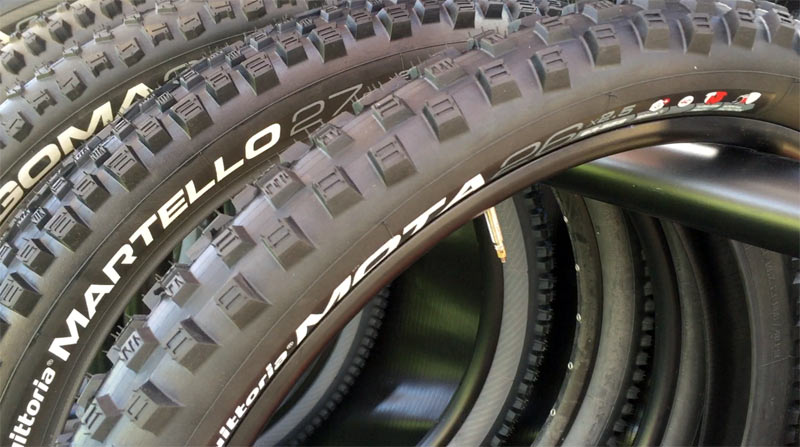
The entire process is an exercise in compromise and managing contradictions. As Avery pointed out, “Light is at odds with durable. Traction often fights against speed.” Every decision, be it relative to the casing, compound, or tread pattern, has to be carefully balanced.
In that same vein, Avery brought up another old chestnut we’ve heard from other tire guys, “It’s as much art as it is science.” It’s clear Avery knows his tire science, but it is his years of experience, hits and misses, that help steer a new project.
Next week we will dive deeper and talk about the specifics of tread design.
Pumped on this? Got a tire-related question you want answered? Email us. Want your brand or product featured? We can do that, too.
